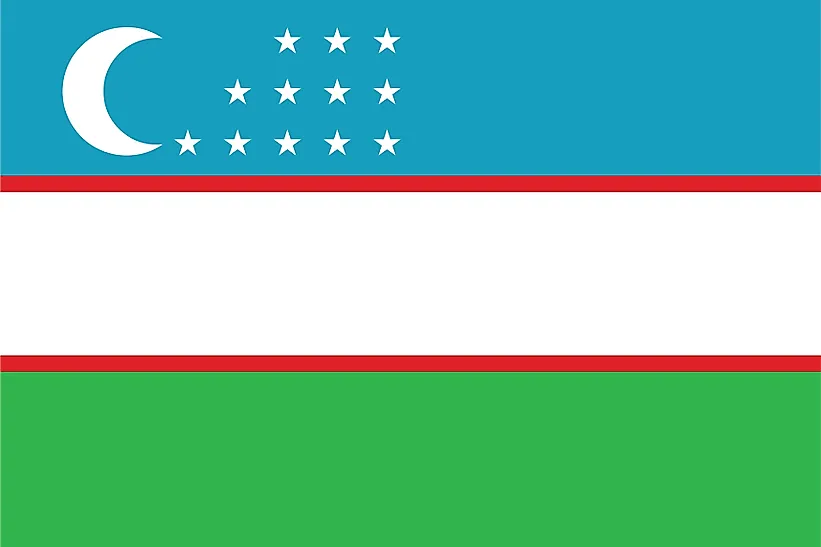
Uzbekistan
| Continent | Asia |
| Capital | Tashkent |
| Population | 29,473,614 |
| GDP | $202.00 Billion |
| GDP per Capita | $6,500 |
| Dialing Code | +998 |
| ISO Code (2-letter) | UZ |
| ISO Code (3-letter) | UZB |
Uzbekistan Landscapes






About Uzbekistan
# Uzbekistan: Heart of the Silk Road
Welcome to Uzbekistan, a nation of ancient heritage and modern aspirations. With approximately 35 million people across 448,978 square kilometers, Uzbekistan combines rich historical legacy with contemporary development, standing as a cultural crossroads of Central Asia.
Geographic Features and Natural Beauty
Uzbekistan’s geography encompasses diverse landscapes from deserts to mountains. The country features the Kyzylkum Desert, the fertile Fergana Valley, and the western edges of the Tian Shan Mountains.
The landscape includes steppes, river valleys, and oases. The country’s varied terrain creates unique ecosystems supporting desert and mountain wildlife.
Protected areas include the Chatkal Biosphere Reserve and various nature sanctuaries. The country’s commitment to conservation focuses on preserving its unique ecosystems while managing water resources.
Cultural Heritage and Traditions
Uzbek culture represents a rich tapestry of Central Asian traditions. The country’s heritage includes the ancient Silk Road cities of Samarkand, Bukhara, and Khiva, with their remarkable Islamic architecture and scholarly traditions.
Traditional arts include intricate textile weaving, ceramics, and miniature painting. Cultural practices feature traditional music, dance forms like the Uzbek lazgi, and the preservation of ancient crafts.
Uzbek cuisine reflects its position at the crossroads of trade routes, featuring dishes like plov, samsa, and various types of bread. The tradition of hospitality and tea ceremonies remains central to social life.
Historical Journey
Uzbekistan’s history spans from ancient civilizations through various empires to modern independence. The country was home to significant historical figures like Tamerlane and Ulugh Beg.
Significant periods include the Sogdian civilization, Islamic Golden Age, Timurid Empire, Russian rule, and independence in 1991. The country’s position along the Silk Road shaped its development as a cultural center.
Modern Economic Landscape
Today’s Uzbek economy focuses on agriculture, mining, and manufacturing. The country possesses significant natural resources including gold and natural gas.
Recent initiatives emphasize economic liberalization, tourism development, and industrial modernization. Uzbekistan’s young population and strategic location support its development potential.
International Relations and Global Position
Uzbekistan maintains active participation in Central Asian organizations while developing global partnerships. The country’s strategic location and resources extend its regional influence.
Did You Know?
• Uzbekistan is one of only two doubly landlocked countries in the world?
• The Registan in Samarkand was a center of scientific study in medieval times?
• Uzbekistan is one of the world’s largest producers of cotton?
• The country has preserved some of the finest examples of Islamic architecture?
Conclusion
Uzbekistan represents a unique combination of historical grandeur and modern development. From its ancient cities to its modern industries, from its traditional crafts to its emerging sectors, Uzbekistan continues to evolve while preserving its cultural heritage. As it addresses challenges including economic diversification and resource management, Uzbekistan remains committed to progress while maintaining its position as a cultural and economic hub of Central Asia.